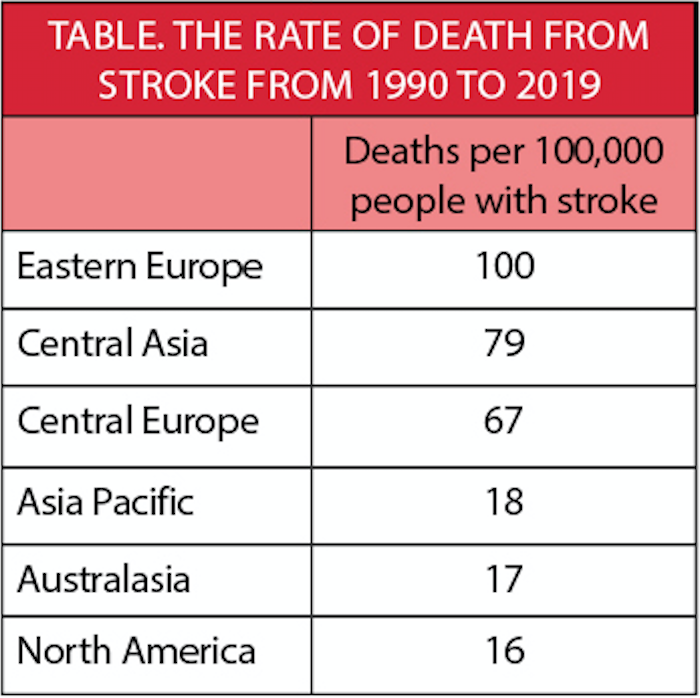Global Ischemic Stroke Mortality Rate Lowered Over Last 30 years
As published in Neurology, the mortality rates for stroke decreased slightly from 1990 to 2019 worldwide. However, the number of individuals who died is still high, specifically in high- and middle-income countries. The rate of death from stroke decreased slightly over the past 3 decades (1.6%), from 66 deaths per 100,000 people to 44 deaths per 100,000 people.

"The decrease is likely due to better medical services available in high-income countries, which may offer earlier detection of stroke risk factors and better control of these risk factors," said study author Liyuan Han, PhD, of the University of Chinese Academy of Sciences in Ningbo, China. "But even in these countries, the total number of people with strokes is increasing due to population growth and aging. And worldwide stroke is the leading cause of death and a major cause of disability for adults."
Higher rates of stroke-related mortality in higher- and moderate-income countries may be due to lifestyle differences; however, it is also possible that this reflects lower or less accurate reporting of stroke mortality in lower-income countries.
"Since ischemic stroke is highly preventable, it is essential that more resources be devoted to prevention, especially in low- and middle-income countries where economic development is leading to changes in diet and lifestyle that may increase people's risk factors for stroke," Han said. "It has been estimated that at least half of all strokes may be preventable if effective changes were made to common lifestyle factors such as high blood pressure, obesity, smoking, and inactivity."
